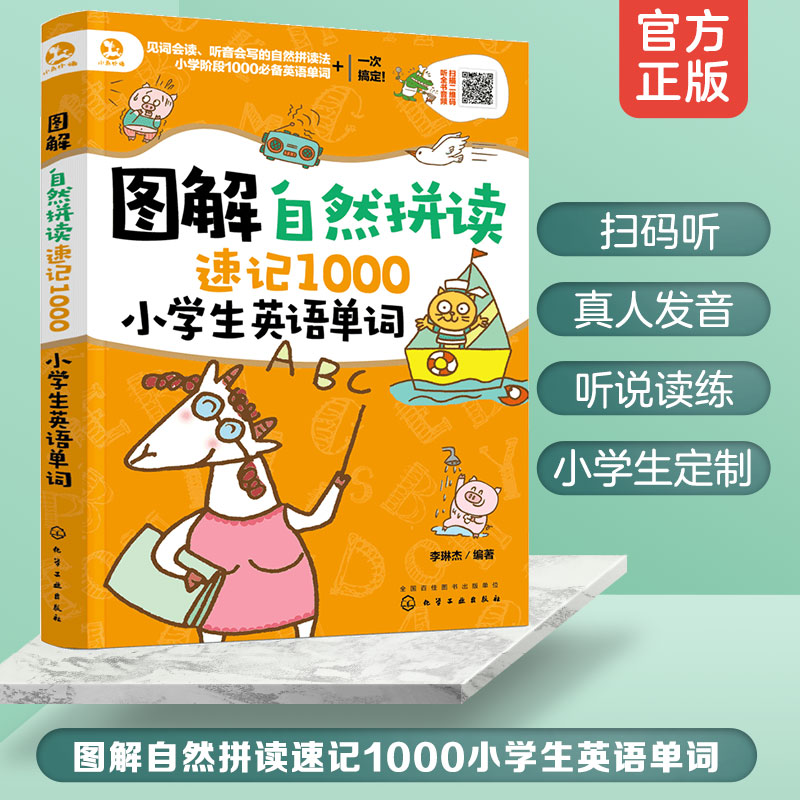Milk is one of the most versatile and essential foods in the human diet. It is a liquid food that comes from cows and contains various nutrients such as protein, calcium, and Vitamin
D.In this article, we will explore the different aspects of milk and its related terms in English.

Firstly, let's discuss the primary types of milk available in the market. There are four main categories: whole milk, skim milk, evaporated milk, and condensed milk. Whole milk is rich in fat content and is often consumed for its creamy texture and taste. Skim milk, on the other hand, has had all or most of its fat removed, making it lower in calories and cholesterol but with slightly less nutritional value. Evaporated milk is concentrated by removing water through heating and cooling processes, which increases its shelf life. Condensed milk, also known as sweetened condensed milk or golden syrup, is a denser version of evaporated milk with added sugar.
Secondly, let us delve into the vocabulary surrounding milk and its production process. When cows produce milk, it goes through a series of steps before being packaged and distributed to stores. These steps include milking, processing, packaging, and transportation. Milking involves extracting milk from the udders of cows using machines or by hand. The extracted milk then undergoes processing, which can include pasteurization or UHT (Ultra-High-Temperature) treatment to kill bacteria and prolong its shelf life. Once processed, the milk is packaged in various forms such as cartons, bottles, or bags for retail sale. Finally, transportation plays a critical role in delivering the milk to customers quickly and efficiently.
Thirdly, let us focus on some key phrases used when talking about milk in English. For instance, "dairy products" refers to any food made from milk or cream, including cheese, butter, ice cream, yogurt, etc. "Milkshakes" combine milk with other ingredients like fruit purees or syrups to create a delicious drink. Similarly, "milk-based beverages" can refer to anything made using milk as a primary ingredient such as hot chocolate or pudding. Additionally, "dairy-free options" refer to alternatives to milk that do not contain dairy products, such as almond milk or soy milk, suitable for people who are lactose intolerant or vegan.
Furthermore, there are numerous health benefits associated with consuming milk regularly. It is an excellent source of calcium needed for strong bones and teeth development. Moreover, it provides high-quality protein essential for muscle development and repair. Vitamin A and B vitamins present in cow's milk promote good vision and energy production respectively. Furthermore, certain minerals such as magnesium help in maintaining normal heart rhythm and blood pressure levels. Despite these benefits, it's worth mentioning that people with lactose intolerance should avoid consuming regular milk because they may experience digestive discomfort upon consumption.
In addition to its nutritive value, milk has played a significant cultural role throughout history. In many societies around the world, milk has been revered for centuries due to its symbolic importance and association with fertility and prosperity. In ancient Rome, drinking fresh milk was considered a luxury item only accessible to the elite classes. Today, however, milk is widely available worldwide and has become an integral part of modern diets.
Finally, it's important to consider the environmental impact of producing large amounts of dairy products like milk. Many dairy farms contribute significantly to greenhouse gas emissions due to their extensive use of fossil fuels for heating feed and maintaining animal housing conditions. However, sustainable practices such as reducing wastewater discharges and promoting regenerative agriculture can mitigate these effects considerably. By choosing organic or locally produced milk from grass-fed animals, consumers can reduce the environmental footprint of their dairy choices while still enjoying the nutritional benefits of milk.
In conclusion, understanding the vocabulary surrounding milk in English not only enhances our ability to communicate effectively but also provides valuable insights into the diverse aspects of this essential food product. From its types and production processes to its cultural significance and environmental considerations, milk holds a unique place in global cuisines and continues to be cherished for both its nutritional properties and cultural relevance. As we explore further the language surrounding milk, we gain a deeper appreciation for this versatile liquid gold that has nourished humanity throughout time.
推荐阅读》未经允许不得转载:» 牛奶的英语单词(牛奶英文单词)

 家长点评网
家长点评网











